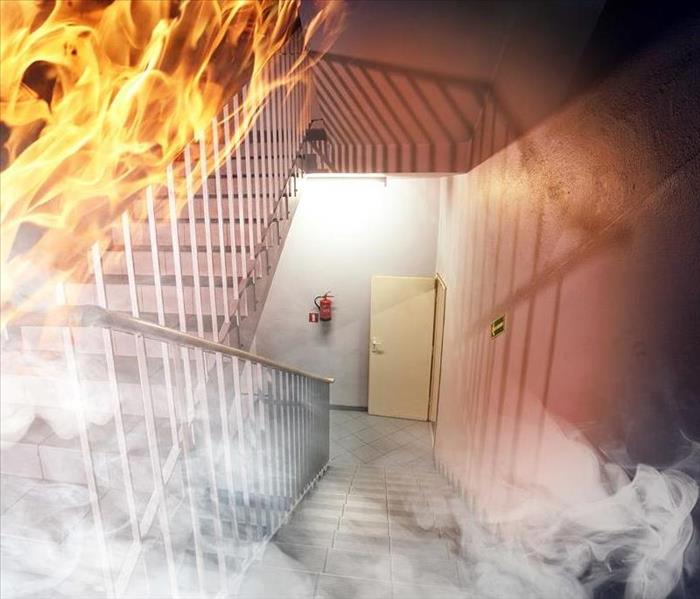Smoke Cleanup Methods
5/12/2022 (Permalink)
Anything that flames touch when your building in Pueblo, CO, catches fire can cause immense structural damage. That's not the only thing that happens, though. Smoke can infiltrate not only the area where the fire is actually located but also any space where the air around it can reach. It can even go so far as the building next door!
There are several ways that fire damage restoration experts can incorporate smoke cleaning during remediation.
Ways to proceed as regards Smoke Cleanup
Ozone Treatment
One method of getting rid of smoke and its telltale smell is through an ozone treatment. Technicians use a machine that creates ozone molecules much like the ones generated during a thunderstorm to naturally clean the air. They attach to smoke particles and destroy them. The treatment process is fairly straightforward:
- Seal off the space receiving treatment.
- Plug in the ozone machine and turn it on.
- Allow the machine to run for 3-6 hours.
- Let the room air out as the ozone settles.
It is not advisable to use ozone around people. The gas it creates is unstable, so the space will need to be vacated before the smoke damage treatment begins. However, in a relatively short amount of time, the odor will dissipate. Then the mitigation team can move back in to test and confirm that the treatment was successful.
Smoke Odor Filtration
Sometimes the only smoke cleaning a room needs is air purification. This is especially true in spaces adjacent to where the fire actually took place. Technicians use an industrial air filtration device with HEPA filters that process the air in the space and remove particles directly from it as it flows through the machine. Because it doesn't create any new molecules or chemicals, it is acceptable to use even in spaces that are populated.
Thermal Fogging
No matter how well technicians sanitize each surface, stubborn smoke odor can still linger. Smoke can travel anywhere the air goes, which means it gets into every crack and crevice that it can. This is particularly true while the fire rages and high temperatures make it easier for particles to permeate everything in their path.
A thermal fogger essentially recreates the conditions that are present during the fire. Instead of smoke, though, it spreads a deodorizer to all the areas where the damage reaches. No matter how small the cracks are in the space, the fog does a thorough job of soaking in. The cleansing chemicals neutralize the smoke and thus the smell that results from it. After the space is aired out, the odor is gone.
You can completely remove damaged structural elements and rebuild the ruined parts of your building after a fire, but if the mitigation team doesn't also take the time to get rid of the smoke issues, the odor is likely to linger. After assessing the problem, qualified technicians can choose the method that is best for getting rid of it. Smoke cleaning allows your building to smell as fresh as it looks at the end of the restoration process.





 24/7 Emergency Service
24/7 Emergency Service
